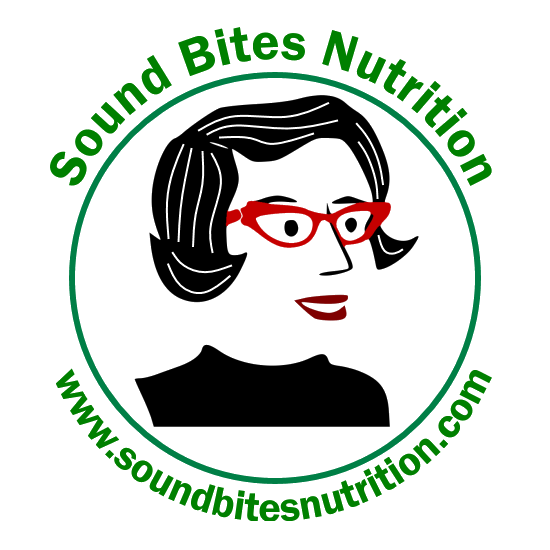When eating is not an option
Eating is by far one of life’s greatest pleasures and one that we take for granted on a daily basis. Think of how exciting it is when your baby takes his or her first bite of food or when you experience a delicious food for the first time. Eating is so important to living.But what happens when you, a family member, friend or colleague can’t physically eat or doesn’t eat enough calories to maintain normal biologic functions? Would they simply starve to death over time? The answer is complex and often ethical in nature. All of us need food and water in varying amounts to survive. If you’ve ever had to fast for 8-12 hours for a blood test or for religious reasons, you recognize that it’s not exactly a picnic to go without food. It’s short term and you forget about it. But what happens when you can’t eat for a prolonged time due to medical reasons? Say for example, your mom has a stroke and she can’t swallow safely. Or your uncle is diagnosed with intestinal cancer and he can’t digest food appropriately. What happens next? In the case of a stroke, she may need to be fed "artificially" through a feeding tube until she can eat safely on her own. Tube feeding helps prevent or treat malnutrition and keep the gastrointestinal tract functioning. Without a functioning gut, intravenous feeding may be indicated. This type of nutrition therapy is called nutrition support and can be used in any age and population. Feeding tubes come in various shapes and sizes. They can be used short term (< 4 weeks) or placed surgically for longer use. The short-term type is called an enteroflex tube and is usually placed in the person’s nose. It goes down the esophagus and into the stomach or duodenum (first section of the small intestine). Dietitians work with doctors to come up with a feeding plan including the formula, amount and rate that the person will receive to prevent or treat malnutrition. Long term tubes can be placed in the stomach or small intestine if a person is not expected to eat for a longer period of time (or God forbid, never again). Tube feeding can be done in a hospital, residential home or personal home. Formulas can be basic or highly specialized, depending on the person’s medical condition. Each contains carbohydrates, fats, protein, vitamins and minerals to meet the RDAs (Recommended Dietary Allowances) for all nutrients. In individuals whom cannot digest or absorb food appropriately (non-functioning gut) a type of nutrition support called TPN may be used. TPN stands for Total Parenteral Nutrition and is provided through an IV catheter that is typically placed in the person’s subclavian vein (large neck vein) or through a PICC (peripherally inserted central catheter) in their arm. TPN contains carbs, fat and protein, vitamins, minerals and trace elements in the form of dextrose, IV lipid and amino acids that are provided directly into a person’s bloodstream. This type of nutrition is typically used for at least 1 week, but can be used longer if needed based on a person’s medical condition and function of their gut. TPN is very specialized and requires a pharmacist, nurse, dietitian and doctor to monitor. For more detailed information on nutrition support, check out https://www.nutritioncare.org/

